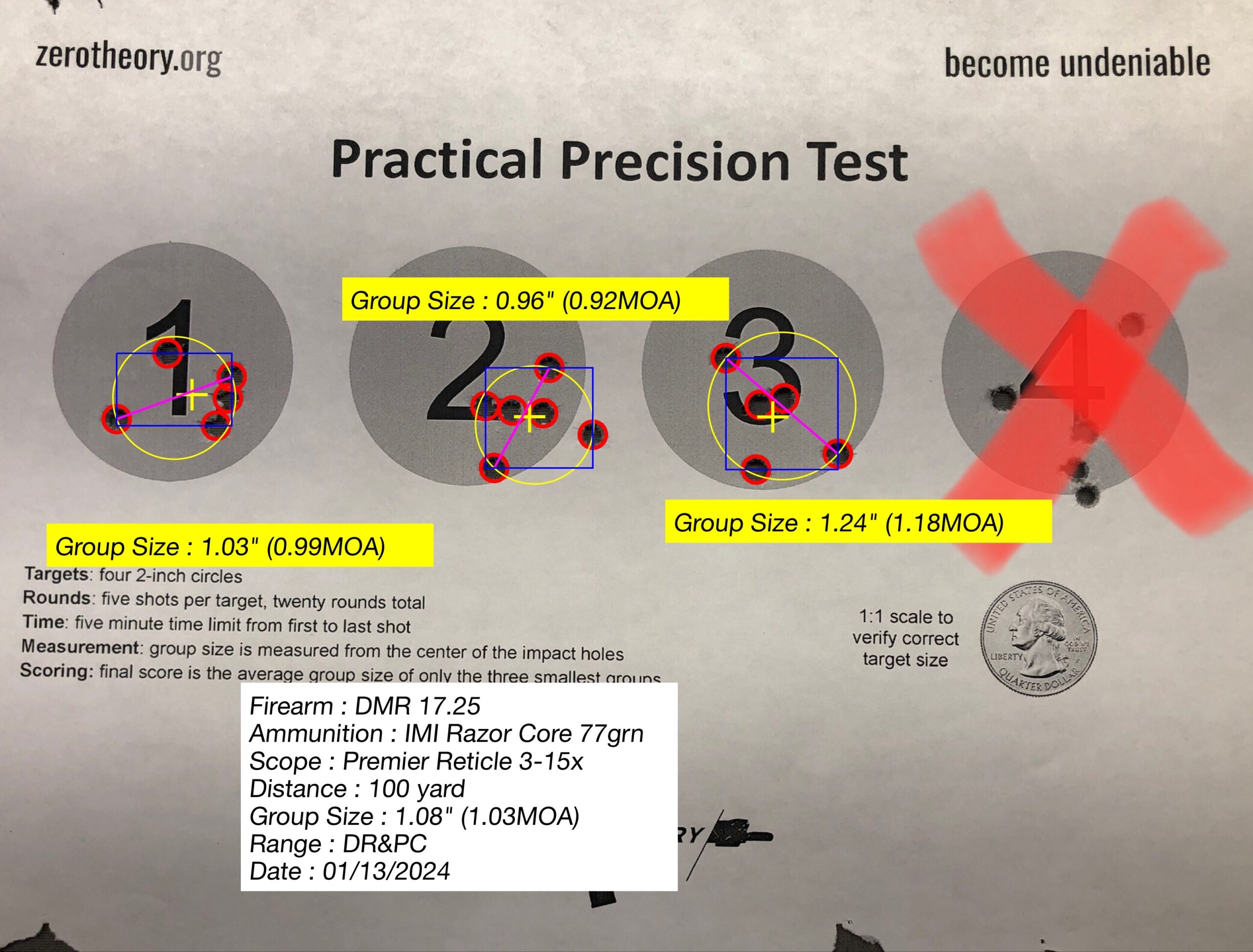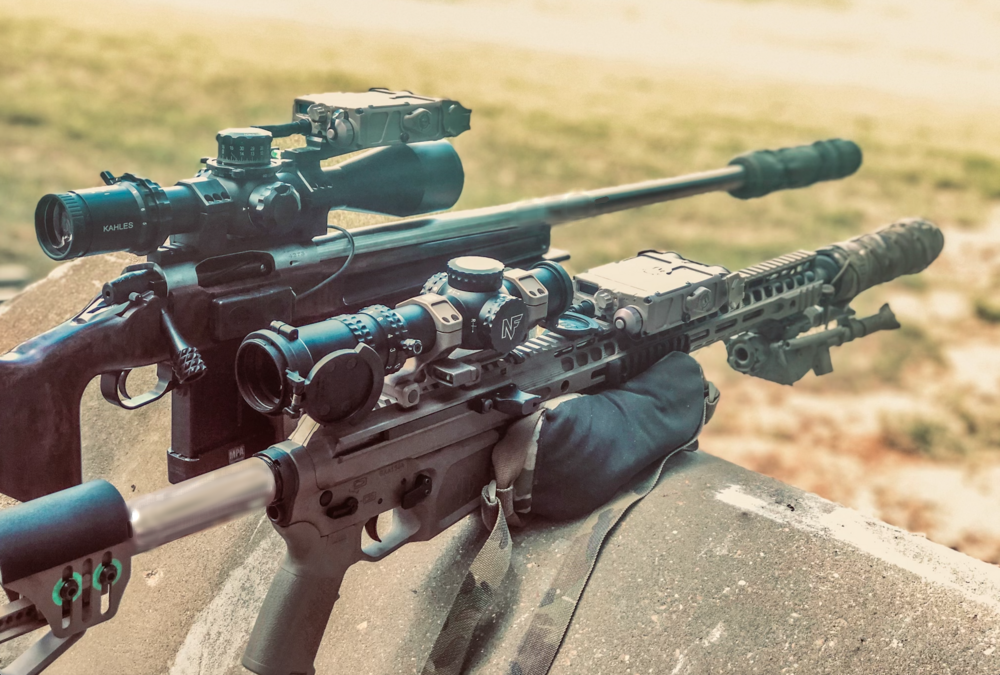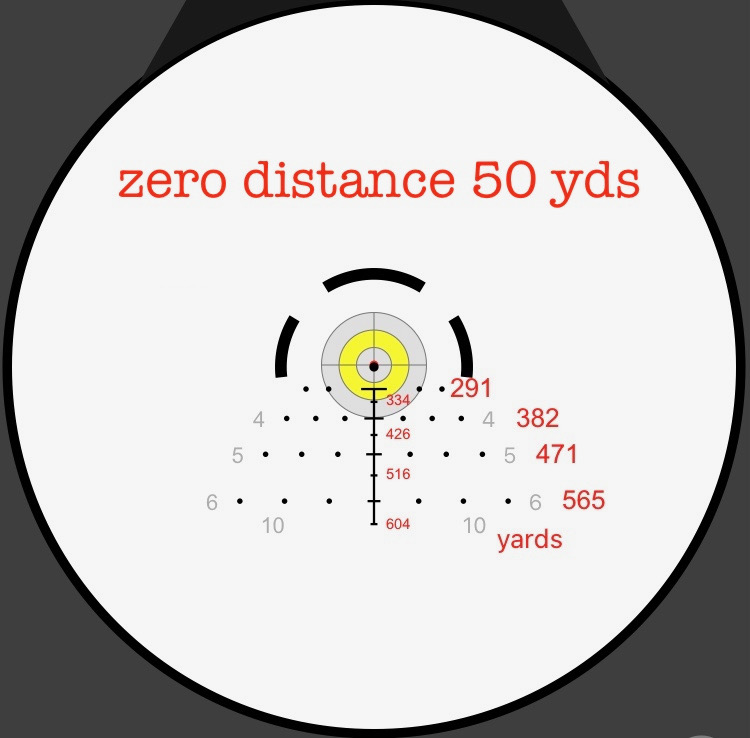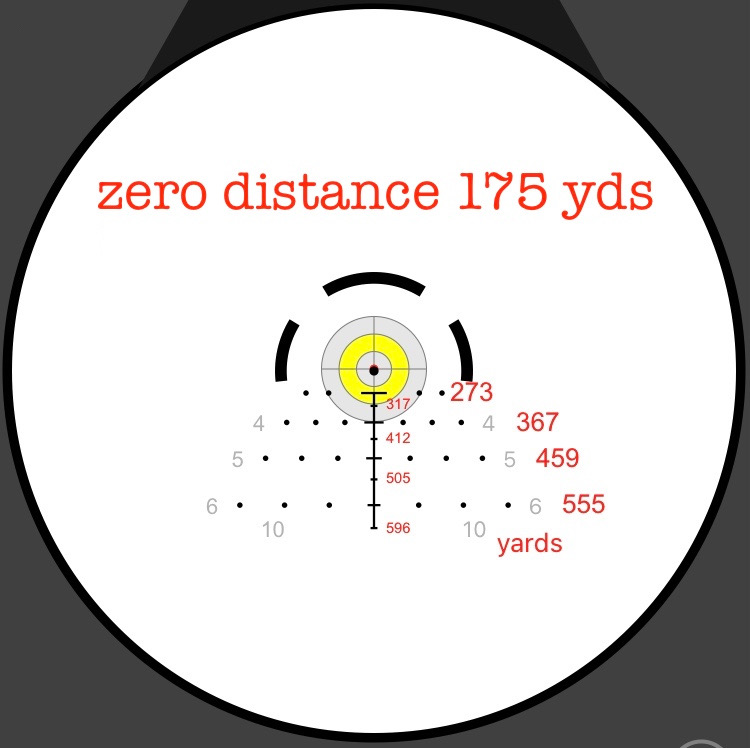Practical Precision Test
by Zero Theory staff
Does achieving a half-MOA group one time in ideal conditions qualify your rifle as a “half minute gun?” Arguably not. Either way, the question itself underscores the usefulness of establishing a standard procedure for measuring the precision capability of a given rifle. As such, the following is a description of Zero Theory’s Practical Precision Test (PPT) designed for exactly that purpose. We offer it to whomever might find it useful. The term “practical” is meant to acknowledge it is not a laboratory test. We recognize the error input by the human shooter. We make a reasonable attempt to account for it without undermining the purpose of the test. The end result, we hope, is a practical measurement of a rifle’s precision capability in field conditions.
Target: four circles on a single printed page
Rounds: five shots per target, twenty rounds total
Time: five minute time limit from first to last shot
Measurement: group size is measured from the center of the impact holes
Scoring: the final score is the average group size of only the three smallest groups
The worst of the four groups is not included when calculating the final score. This is to account for human error. It is not considered manipulation of the rifle’s score because it does not undermine the stated objective, namely, to assess the rifle’s real-world capabilities. The average group size of the three smallest groups is, by definition, within the capabilities of the rifle. Further, all rifles are tested according to the same standard, so no unfair advantage exists.
The time component is included in order to reflect the practical nature of the test. Our objective is to standardize the measurement of any particular rifle’s precision capability in a useful way. This means assessing the rifles in field conditions, that is, conditions similar to how they are used in the real world. Measuring groups shot by rifles in fixtures with 20 minutes to cool between shots may be useful for understanding mechanical accuracy, but that is not our intention. We want to know how a rifle performs in the hands of a human being when fired at a reasonable rate. That is why we call it the Practical Precision Test. It’s not a measure of the best possible groups a rifle may produce in absolute perfect conditions. It’s a measure of its precision capabilities in a practical setting. In this way, it is also a measure of the shooter’s ability.
In addition to the test itself, we’d also like to propose a precision standard for Designated Marksman Rifles (DRM) in general. The term “DMR” is not well defined (CLICK HERE to read how we define it), as such neither is the DMR’s precision standard. By contrast, the precision standard for sniper rifles is fairly well defined: 1 MOA at 100 yards. This is generally true in law enforcement, military, and competition precision rifles. For DMRs, we propose a 2 MOA standard at 100 yards. 2 MOA is tight enough to fulfill the implied mission of a DMR but not so tight as to render the standard unrealistic or impractical. Further, the shooter is free to improve on the standard as they see fit. In other words, there is no reason to “settle” for 2 MOA in your DMR. The 2 MOA standard is the minimum recommended capability. Just like sniper rifles, many DMRs will be capable of significantly better precision than the minimum.
To some, this standard may not seem stringent enough. This may or may not be the case depending on the shooter and the application. Broadly speaking, however, we find this standard quite useful. It reminds us to keep reasonable expectations in view. For example, when a certain accurized AR-15 shoots “only” 1.4 MOA, it is helpful to remember that score is well within the DMR standard. Lastly, we challenge anyone who says the standard should be higher to go out and actually shoot the PPT with their rifle. In our experience, folks tend to think of their rifle with rose-colored glasses, remembering only their best groups on their best day and forgetting all those embarrassing 2+ MOA groups. Those who actually go out and run the test know the truth of it.
As an example, one of our Zero Theory instructors recently shot the PPT with his DMR and achieved a final score of 1.03 MOA (see attached target photo). This same gun has *routinely* shot groups well below 1 MOA, even down to half-MOA. But this is a practical test and on that day, the gun scored 1.03 MOA. He shot the test two more times with his RECCE rifle, scoring 1.28 MOA and 0.91 MOA. These results may not be impressive to some, but they reflect realistic standards and capabilities.
If you’d like to try it out, we’ve produced two PPT targets you can use for free. They are PDF files you can download, print on standard 8.5×11” copy paper, and shoot. There are two versions of the target. You may use either one; it makes no difference. For that matter, you can make your own target as well. The benefit of ours is the known-size target circles which make it easy to measure group size using a smartphone app. Give it a try and let us know how your rifle performs.
PPT Target v1 – click this link download version 1, the standard PPT target using 2” circle targets
PPT Target v2 – click this link to download version 2, the LPVO-friendly version using darker 3” circle targets
Like this? Check out our other articles…
[013] Gas Gun vs Bolt Gun pt 2
Gas Gun vs Bolt Gun pt 2 by [...]
[012] Practical Precision Test
Practical Precision Test by Zero Theory staff [...]
[011] Ballistic Drop Compensator Truing
Ballistic Drop Compensator Truing by Randy Davis [...]






